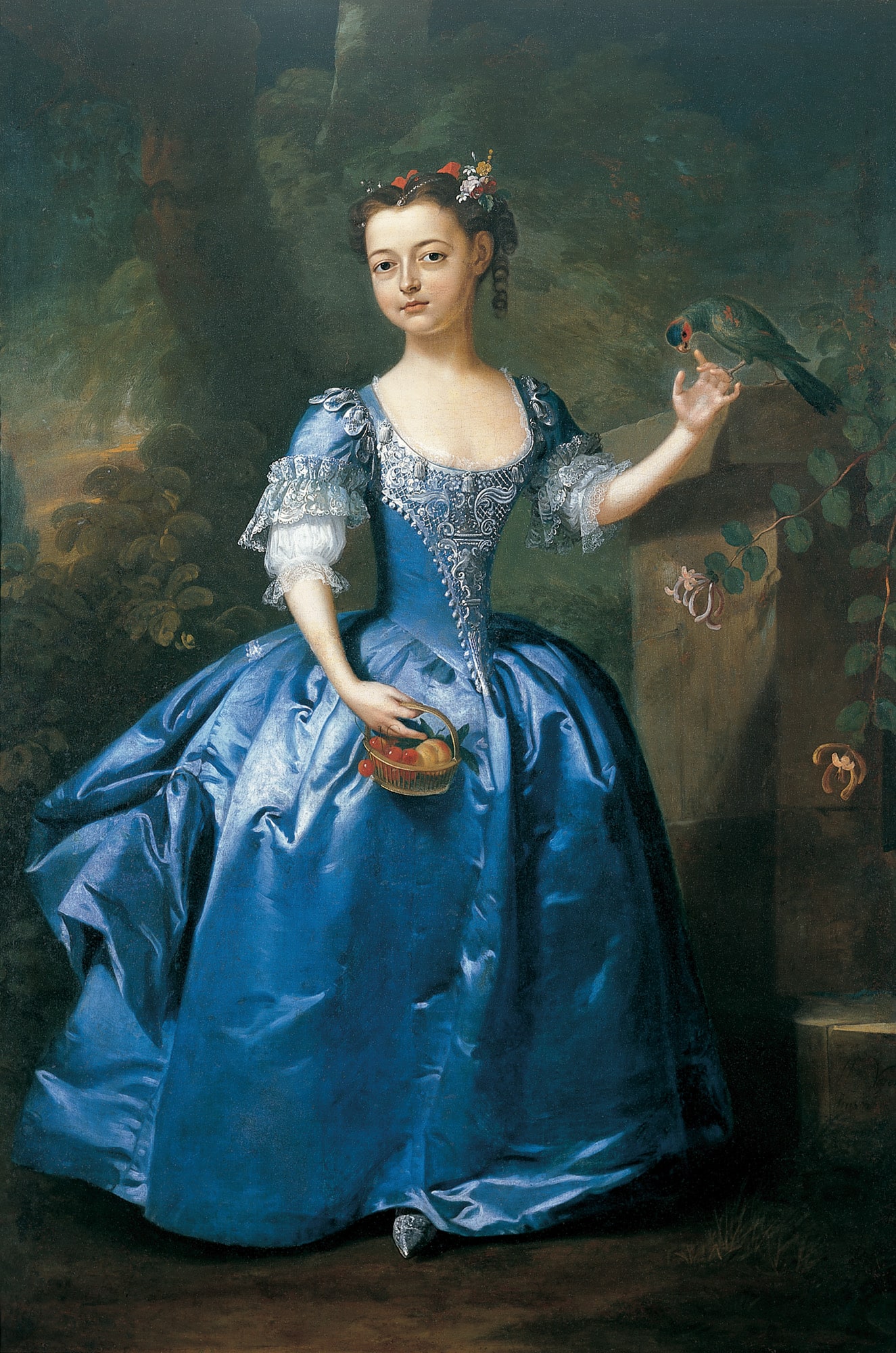Pera Enabled
In this workshop, after a guided tour of the exhibition titled On the Spot, students use various paints and materials to color landscape templates with mosaic techniques or drawing. The workshop aims to improve participants' hand-eye coordination and creativity.
Related Exhibition: On the Spot: Panoramic Gaze on Istanbul, a History
Instructor: Müge Isıgöllü Sedola
Duration: 45 minutes
The event is free, reservation is required.
The event will take place via the Zoom Meeting application.
For detailed information and reservation: ogrenme@peramuzesi.org.tr

This life-size portrait of a girl is a fine example of the British art of portrait painting in the early 18th century. The child is shown posing on a terrace, which is enclosed at the right foreground by the plinth of a pillar; the background is mainly filled with trees and shrubs.
Tuesday - Saturday 10:00 - 19:00
Friday 10:00 - 22:00
Sunday 12:00 - 18:00
The museum is closed on Mondays.
On Wednesdays, the students can
visit the museum free of admission.
Full ticket: 300 TL
Discounted: 150 TL
Groups: 200 TL (minimum 10 people)